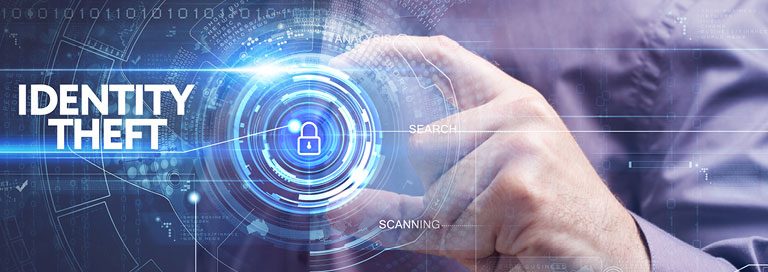People tend to think of identity theft as a consumer problem, but it’s a business problem, too. Businesses are more attractive targets, not only because they have more money and higher credit limits, but because vital information that’s required to be public can easily be stolen and exploited. In fact, the IRS reports that the number of business identity theft cases increased from 350 in 2015 to about 10,000 in 2017.
Federal tax employer identification numbers are often available online or can be obtained with minimal if any verification. That information can be used by criminals to get bank account and credit card numbers, apply for loans, and secure better terms with vendors. Stealing or even creating a new business identity is fairly easy, and fraud is more difficult to detect.
Like most consumers, many small business owners don’t monitor their accounts for suspicious activity. Unlike most consumers, small business often have limited or no recorded credit history, making it difficult for lenders and vendors to spot red flags when a criminal applies for a loan or service with stolen information.
In addition to stealing a company’s tax and bank account numbers, identity thieves steal the IT user credentials of employees, including senior executives. Compromised usernames and passwords are high-value assets that can be sold for top dollar on the Dark Web. But that’s just the beginning. Another criminal can then use stolen credentials to hack into IT systems and access critical business assets and customer data. The victim typically doesn’t find out about this activity until they get a call from law enforcement.
There are steps your organization can take to prevent business identity theft. Every business must get serious about protecting information online and offline. Keep duplicate data to a minimum and deploy modern tools that detect and alert you to threats. Sensitive data should only be accessible to employees who need it to do their jobs. Make sure you know where all data resides, including in the cloud, and require vendors to show you how they secure your data. All devices used for work purposes, including employee-owned devices, should be password protected to minimize risk when a device is lost or stolen.
Simply monitoring your accounts and profiles can help you spot identity theft before serious damage is done. Keep an eye on your bank and credit card accounts and sign up to receive alerts from financial institutions about changes to any information related to your business identity. Also, check your insurance policies to ensure that you have coverage for data breaches and identity theft.
ID Agent offers Dark Web and identity monitoring solutions that watch for business identity theft on your behalf. ID Agent’s Dark Web ID is an intelligent monitoring solution that can identify, analyze and validate compromised employee and customer data on the Dark Web. Additionally, Rapid ID Response ensures a fast response to complex threats to satisfy compliance requirements, while SpotLight ID offers personal identity protection for both employees and customers.
Don’t wait for law enforcement to tell you that your sensitive data or credentials have been compromised. Let us show you how solutions from ID Agent enable you to be more proactive in detecting business identity theft and preventing your information from being sold on the Dark Web.




